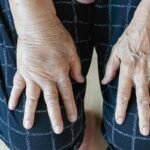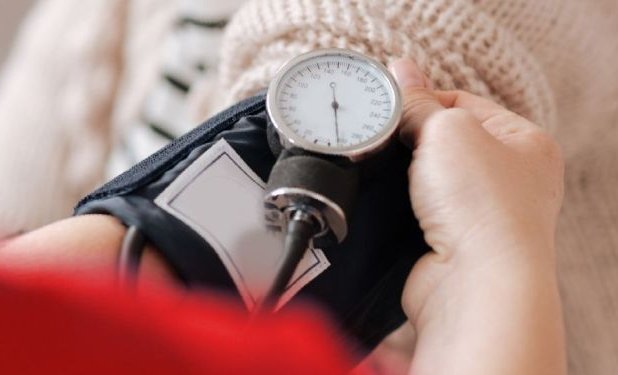Insulin resistance often has no noticeable symptoms, which is why many people have this syndrome without knowing it. Diagnosing it is important because it is considered a consequence that could lead to type 2 diabetes.
Insulin is a hormone produced by the pancreas that helps blood glucose enter cells in muscles, fat, and the liver, where it is used for energy. Glucose is obtained from food, but the liver also produces it when it needs it, such as when a person is fasting, explains the National Institute of Diabetes and Digestive and Kidney Diseases.
When blood glucose levels, also called blood sugar, rise after eating, the pancreas releases insulin. This lowers blood glucose to keep it in the normal range.
“Insulin resistance is when cells do not respond normally to insulin and therefore cannot capture sugar, which accumulates in the blood,” says Raúl Velasco, a pediatric endocrinologist and president of the Association of Endocrinology, Metabolism, and Nutrition of Guatemala.
The fact that cells cannot absorb glucose causes blood sugar levels to be higher than usual, but not high enough to be diagnosed with diabetes, which is why it is considered “prediabetes.” Most people with insulin resistance tend to be diagnosed with type 2 diabetes sometime later.
Symptoms of insulin resistance
According to Velasco, there are no symptoms of insulin resistance, but it is detected by a very important clinical sign called Acanthosis Nigricans, which is when the skin becomes dark and velvety on the neck and body folds, such as the armpits.
The relationship between Acanthosis Nigricans or Acanthosis Pigmentosa and insulin resistance lies in the effects that this excess of insulin has on the body. High levels of insulin in the blood stimulate the proliferation of keratinocytes and fibroblasts in the skin, cells that in excessive growth lead to hyperpigmentation and thickening characteristic of Acanthosis Pigmentosa.
Insulin also has a growth-promoting effect on various tissues in the body, including the skin. When there is insulin resistance, insulin levels in the bloodstream are high, and this excess insulin can act on insulin receptors in the skin, resulting in thickening and darkening of the skin, reads the text Acanthosis nigricans, from the University of Navarra Clinic.
Risk factors
Insulin resistance is diagnosed by measuring insulin levels in the blood. It is important to visit a doctor to get this checkup done if you are overweight or obese, especially when the extra weight is around the diaphragm. When you have the habit of smoking, sleeping problems, hypertension, and little, says Eduardo Ortiz, an internist.

“We can all suffer from insulin resistance, and if we are overweight or obese, the risk is higher. The other factors make susceptible, such as a sedentary lifestyle, being over 50 years old, being of Latin descent, and smoking,” Velasco adds.
Treatment
Insulin resistance can be reversed with positive lifestyle changes, such as eating a healthy, balanced diet and exercising. Exercise, once prescribed, should be moderate to intense.
It is also recommended to avoid ultra-processed foods and those containing refined sugar and excess salt. Those with a low glycemic index are preferable. Recommended foods are fruits, vegetables, legumes, white meats, and olive oil. They should preferably be cooked, steamed, or grilled.
Treatment to reverse this resistance also includes medications such as metformin.























+ There are no comments
Add yours